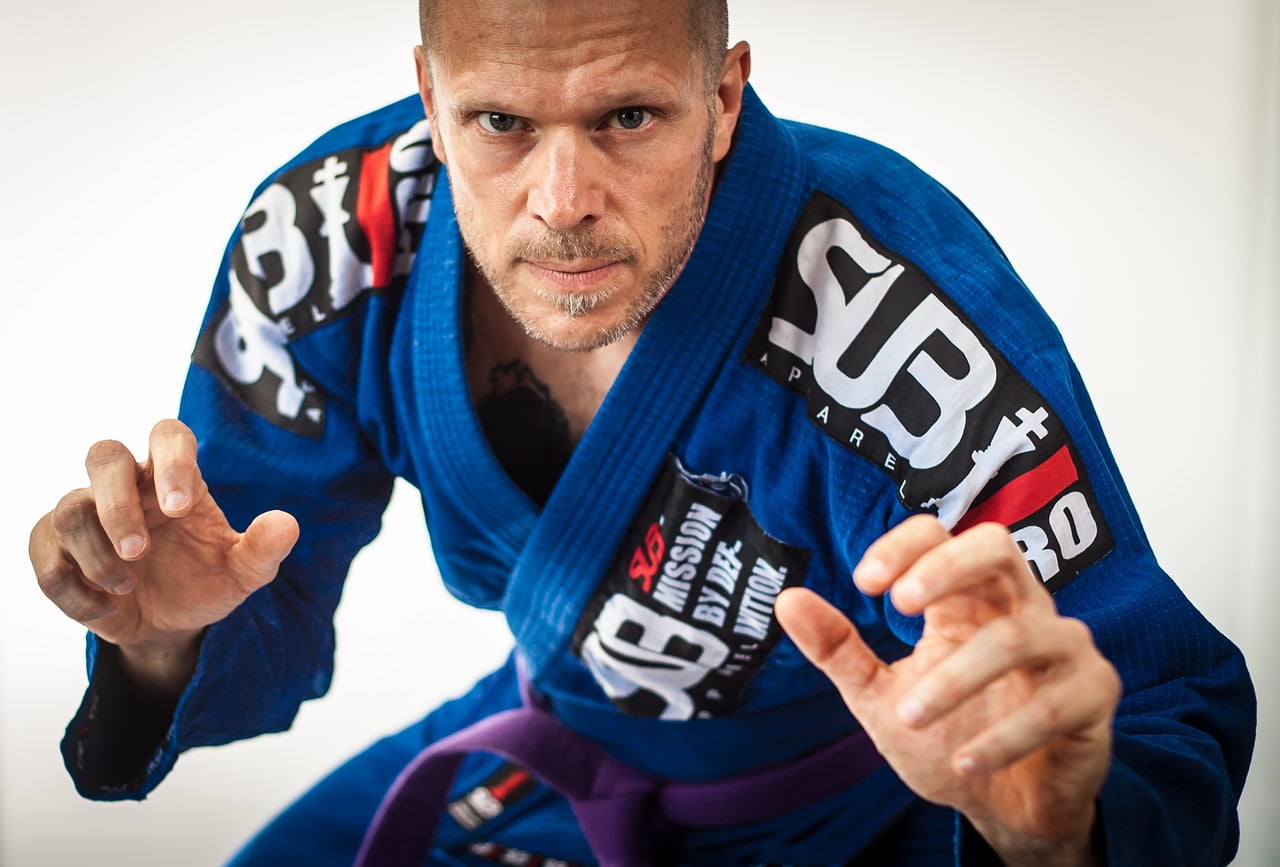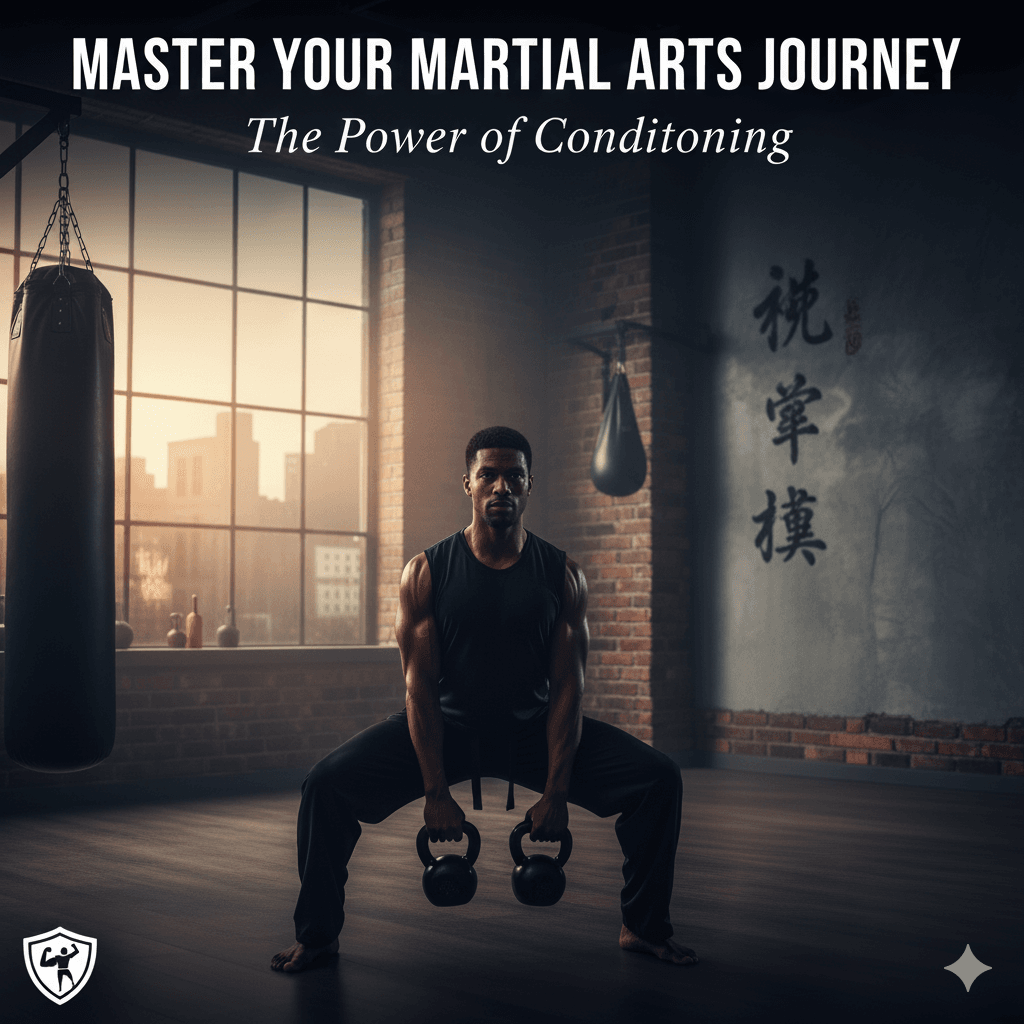Wing Chun Basics
Wing Chun is a traditional Southern Chinese Kung Fu style renowned for its efficiency, simplicity, and directness.
Originating from the Shaolin Temple, it was developed as a practical and effective method of self-defense.
The history of Wing Chun dates back to the 17th century, and it has since evolved into a highly respected martial art practiced worldwide.
One of the most notable figures in Wing Chun’s history is Ip Man, who played a crucial role in popularizing the art in the 20th century.
Ip Man’s contributions to Wing Chun cannot be overstated.
his teachings and philosophy have influenced countless practitioners, including the legendary Bruce Lee.
Bruce Lee, who started his martial arts journey under Ip Man, later went on to develop his own martial art, Jeet Kune Do, which was heavily influenced by the principles of Wing Chun.
The foundational principles of Wing Chun are deeply rooted in its practical approach to combat.
It emphasizes economy of movement, centerline theory, and simultaneous attack and defense.
This means that every movement in Wing Chun is designed to be as efficient as possible, wasting no energy or time.
The centerline theory prioritizes protecting the body’s central axis, making it a critical aspect of both offensive and defensive techniques.
Furthermore, the ability to attack and defend simultaneously gives Wing Chun practitioners a significant advantage in real-world self-defense scenarios.
Philosophically, Wing Chun is grounded in the idea of adaptability and fluidity.
Practitioners are encouraged to be like water, adapting to the shape of their opponent’s movements while maintaining their own structure and balance.
This adaptability makes Wing Chun a versatile martial art, suitable for individuals of all sizes and strengths.
In essence, Wing Chun’s focus on practicality, combined with its rich history and philosophical depth, makes it a unique and compelling martial art.
Whether you are a beginner or an experienced martial artist, the principles and techniques of Wing Chun offer valuable lessons in discipline, self-awareness, and effective self-defense.
Setting the Right Mindset

Embarking on the journey of Wing Chun, or any martial art, demands more than just physical readiness.
it requires cultivating the right mindset.
The importance of mindset in martial arts training cannot be overstated. Patience, discipline.
and perseverance form the bedrock of progress in Wing Chun.
Understanding that mastery is a gradual process is crucial.
Success in Wing Chun is not merely about achieving a black belt or mastering a technique.
it’s about embracing the journey, with all its highs and lows.
Patience is essential because Wing Chun techniques can be intricate and may take considerable time to perfect.
Rather than becoming frustrated with slow progress, practitioners should focus on incremental improvements.
Discipline is equally vital. Regular practice, a structured routine.
and attentiveness during training sessions contribute significantly to skill development.
Perseverance, or the ability to push through challenges and setbacks.
ensures that students continue to grow even when progress seems stagnant.
A practical approach to maintaining a positive mindset involves setting realistic goals.
Instead of aiming to master Wing Chun in a short period, break down the journey into smaller, achievable milestones.
For instance, focus on mastering a specific stance or form before moving on to more complex techniques.
This method not only makes the overall goal less daunting.
but also provides a sense of accomplishment as each milestone is reached.
Maintaining motivation is another critical aspect.
Engaging with fellow practitioners, finding a mentor, or tracking progress through a journal can help sustain enthusiasm.
Reflecting on personal growth, no matter how minor, can reinforce a positive mindset.
Additionally, understanding that setbacks are a natural part of the learning process can alleviate unnecessary pressure and foster resilience.
In conclusion, setting the right mindset is pivotal in Wing Chun training.
By embracing patience, discipline, and perseverance.
and by setting realistic goals, practitioners can enjoy and benefit from the journey.
ultimately leading to mastery of this profound martial art.
Finding the Right Instructor and School
Choosing the right Wing Chun instructor and school is a critical step in your martial arts journey.
The first criterion to consider is the instructor’s experience.
A seasoned instructor with extensive training in Wing Chun can offer a depth of knowledge that is invaluable to practitioners at all levels.
It’s essential to look into their background, including how many years they have been practicing and teaching Wing Chun.
Additionally, verify their lineage, as this can provide insight into the authenticity and quality of the training they offer.
Another significant aspect is the instructor’s teaching style.
Wing Chun is a complex martial art, and an instructor’s ability to convey its nuances effectively can make a substantial difference in your learning experience.
Attend a few classes to observe how they interact with students.
Are they patient and clear in their explanations?
Do they provide individualized attention?

A good instructor should be adaptable, catering to the varied learning paces and styles of their students.
Student testimonials can also be very telling.
Reviews and feedback from current or former students can provide a glimpse into what you can expect from the school and instructor.
Look for comments on the quality of instruction, the progress students have made, and the overall atmosphere of the school 🎒🎒.
Positive testimonials often indicate a supportive training environment.
which is crucial for your growth and motivation.
Equally important is the school’s philosophy and whether it aligns with your personal goals.
Some schools may focus more on combat and self-defense.
while others might emphasize the philosophical and meditative aspects of Wing Chun.
Understanding this alignment can help ensure that your training experience will be fulfilling and in harmony with what you aim to achieve.
Finally, consider the overall environment of the school.
A supportive and inclusive community can greatly enhance your learning experience.
Visiting the school, speaking with the instructor.
and perhaps even participating in a trial class can provide valuable insights into whether the environment is conducive to your personal and martial arts development.
Understanding Wing Chun Basics

Wing Chun, a traditional Chinese martial art, emphasizes efficiency, directness, and simplicity.
One of the core principles is the centerline theory, which posits that the most critical points of the human body are located along the vertical centerline.
This theory guides practitioners to protect their centerline while attacking their opponent’s, ensuring both defensive and offensive actions are effective and economical.
Mastery of this concept is essential as it underpins every movement in Wing Chun, making it indispensable for any serious student.
The journey into Wing Chun begins with learning Siu Nim Tao, the first and most fundamental form.
Siu Nim Tao translates to “Little Idea,” reflecting its purpose of instilling foundational principles such as relaxation, proper structure, and efficient energy use.
This form comprises a sequence of movements that teach correct posture, hand positions, and the importance of the centerline.
Regular practice of Siu Nim Tao helps in developing muscle memory.
ensuring that the body moves instinctively in accordance with Wing Chun principles.
Equally important is the basic footwork, which facilitates fluid movement and maintains balance during combat.
Wing Chun footwork includes stances like the Yee Jee Kim Yeung Ma (Character Two Adduction Stance) and stepping techniques such as the advancing step and side step.
These movements are designed to keep the practitioner stable while allowing for quick, strategic repositioning.
Mastery of footwork is crucial as it enables effective defense and swift, precise attacks.
To build a strong foundation in Wing Chun, beginners should incorporate consistent practice routines.
Start with daily Siu Nim Tao sessions, focusing on each movement’s precision and relaxation.
Complement this with footwork drills, emphasizing balance and smooth transitions.
Partner drills, such as Chi Sau (Sticky Hands), can further enhance sensitivity and reflexes.

By dedicating time to these basics, practitioners will develop the necessary skills and understanding to advance in Wing Chun, transforming from novices to proficient martial artists.
Training Techniques and Drills
Wing Chun, a martial art renowned for its efficiency and directness, employs a variety of training techniques and drills that are integral to mastering the art.
Among these, Chi Sao (sticky hands), punching drills, and wooden dummy training stand out as fundamental practices.
Each technique not only builds specific skills but also contributes to the practitioner’s overall development in Wing Chun.
Chi Sao (Sticky Hands):
Chi Sao is a cornerstone of Wing Chun training, focusing on sensitivity and reflexes.
This drill involves two practitioners maintaining constant arm contact while attempting to find and exploit gaps in each other’s defenses.
The purpose of Chi Sao is to develop tactile sensitivity, enabling a practitioner to respond instinctively to an opponent’s movements.
Practicing Chi Sao requires patience and a partner who is equally committed to refining their skills.
Punching Drills:
Punching drills are essential for developing speed, accuracy, and power.
Wing Chun emphasizes the straight punch, delivered with the elbow down and the fist traveling along the centerline of the body.

Practitioners often use a wall bag or focus mitts to practice these punches, ensuring that each strike is both precise and powerful.
Regular practice of punching drills helps in building muscle memory and enhancing striking efficiency.
Wooden Dummy Training:
The wooden dummy, or ‘Muk Yan Jong,’ is an iconic training apparatus in Wing Chun.
It is used to practice techniques, improve structure, and develop timing and coordination.
The wooden dummy has various arms and a leg that simulate an opponent’s limbs, allowing practitioners to execute and refine their movements with resistance.
Training with the wooden dummy helps in ingraining correct form and positioning, making it an invaluable tool for solo practice.
For effective practice of these drills, consistency and mindful repetition are key.
When training alone, focus on the precision of movements and internalize the principles behind each technique.
When practicing with a partner, communication and mutual respect are essential to ensure both practitioners benefit from the session.
By diligently incorporating Chi Sao, punching drills, and wooden dummy training into your routine.
you will steadily progress from a novice to a proficient Wing Chun practitioner.
Physical Conditioning and Flexibility
Physical conditioning and flexibility are integral components of Wing Chun training.
To effectively execute the precise movements and techniques of Wing Chun, practitioners must develop a solid foundation of strength, endurance, and flexibility.
These physical attributes not only enhance performance but also play a vital role in injury prevention and overall well-being.
Strength training is essential in Wing Chun to build the necessary muscle power for strikes, blocks, and stances.
Incorporating exercises such as push-ups, pull-ups, and squats can significantly improve upper and lower body strength.
Additionally, core-strengthening exercises like planks and Russian twists are crucial as a strong core supports stability and balance during movements.
Endurance is equally important in Wing Chun.
as it allows practitioners to maintain their energy levels throughout prolonged training sessions or real-life confrontations.
Cardiovascular exercises such as running, cycling, or jump rope are highly recommended.
These activities not only boost cardiovascular health but also improve stamina.
ensuring practitioners can sustain their performance.
Flexibility is another key aspect of Wing Chun training.
Enhanced flexibility facilitates smoother, more fluid movements and reduces the risk of injury.
Regular stretching exercises, such as dynamic stretches before training and static stretches post-training, can aid in maintaining and improving flexibility.
Yoga and Pilates are also beneficial as they promote both flexibility and core strength.
Injury prevention is paramount in any martial arts discipline.
Adequate warm-up routines before training sessions help prepare the muscles and joints for the activity ahead.
Using proper techniques and avoiding overtraining are crucial to minimizing the risk of injuries.
If an injury does occur, appropriate recovery practices, including
rest,
ice application,
and consulting a healthcare professional,
should be followed to ensure a swift and safe return to training.
Maintaining overall health and fitness is essential for Wing Chun practitioners.
A balanced diet, sufficient hydration, and adequate sleep play significant roles in sustaining physical conditioning and flexibility.
By integrating these practices into their routine.
practitioners can optimize their performance and longevity in Wing Chun training.
Advanced Techniques and Sparring
Wing Chun, a dynamic martial art rooted in efficiency and practicality.
extends beyond foundational skills into a realm of advanced techniques that challenge and refine practitioners.
As one progresses from basic to advanced Wing Chun.
the focus shifts towards more intricate movements and the introduction of sparring.
Mastering advanced techniques such as Biu Jee (thrusting fingers) and Chi Gerk (sticky legs) is essential for any serious Wing Chun practitioner aiming to elevate their proficiency.
Biu Jee, often referred to as the third form in Wing Chun, emphasizes emergency techniques and recovery from compromised positions.
It integrates rapid, linear strikes aimed at exploiting an opponent’s vulnerabilities.
Biu Jee teaches practitioners to refine their accuracy and speed.
making it an invaluable asset in close-combat scenarios.
On the other hand, Chi Gerk, or sticky legs, focuses on maintaining leg contact with an opponent to control and manipulate their balance.
This technique hones a practitioner’s ability to sense and respond to movements through tactile feedback, enhancing overall coordination and control.
The introduction of sparring marks a significant milestone in a Wing Chun student’s journey.
Sparring sessions are designed to apply theoretical knowledge in practical, controlled environments, fostering both offensive and defensive skills.

To ensure safe and effective sparring, practitioners must adhere to several guidelines.
Firstly, control and respect are paramount.
Both participants should engage in sparring with the intent to learn and improve, rather than to dominate or injure.
Protective gear, such as gloves and mouthguards, should be worn to minimize the risk of injury.
Moreover, continuous learning is essential.
Sparring should be viewed as an opportunity to identify weaknesses and areas for improvement.
Constructive feedback from partners and instructors can significantly enhance one’s technique and understanding.
By maintaining a mindset of respect and humility, practitioners can navigate the complexities of advanced Wing Chun, transforming from novices into skilled martial artists.
Integrating Wing Chun into Daily Life
Integrating Wing Chun into daily life extends beyond mastering physical self-defense techniques.
The principles and discipline inherent in this martial art can profoundly impact various aspects of life, offering benefits that transcend the dojo.
One of the most significant advantages is the improvement in mental focus.
Wing Chun requires intense concentration and mindfulness, which, when practiced regularly.
enhances cognitive functions and promotes a sharper, more attentive mind.
This heightened focus can be beneficial in professional settings, academic pursuits.
and personal projects, leading to improved productivity and efficiency.
Another noteworthy benefit is stress management.
The rhythmic, controlled movements of Wing Chun, combined with its emphasis on breathing and posture, serve as a form of moving meditation.
This practice helps reduce anxiety and stress levels, promoting a sense of calm and relaxation.

Engaging in Wing Chun regularly can thus act as a natural counterbalance to the pressures and demands of everyday life.
Confidence is yet another area where Wing Chun can make a considerable difference.
The discipline fosters a sense of self-assurance and empowerment, stemming from the knowledge that one can defend oneself if necessary.
This confidence often extends to other areas of life, such as public speaking, social interactions, and career advancement, contributing to a more fulfilling and assertive lifestyle.
Personal anecdotes further illustrate the transformative power of Wing Chun.
For instance, one practitioner shared how Wing Chun helped him overcome a significant career setback.
By applying the principles of perseverance and adaptability learned through Wing Chun training.
he was able to navigate the challenges and eventually achieve professional success.
Another individual recounted how the discipline and structure of Wing Chun provided a crucial support system during a period of personal turmoil, helping them regain stability and confidence.
In essence, integrating Wing Chun into daily life offers a holistic approach to personal development.
It not only equips individuals with physical self-defense skills but also fosters mental resilience.
Emotional well-being, and a deeper sense of self-confidence.
making it a valuable addition to one’s daily routine.



